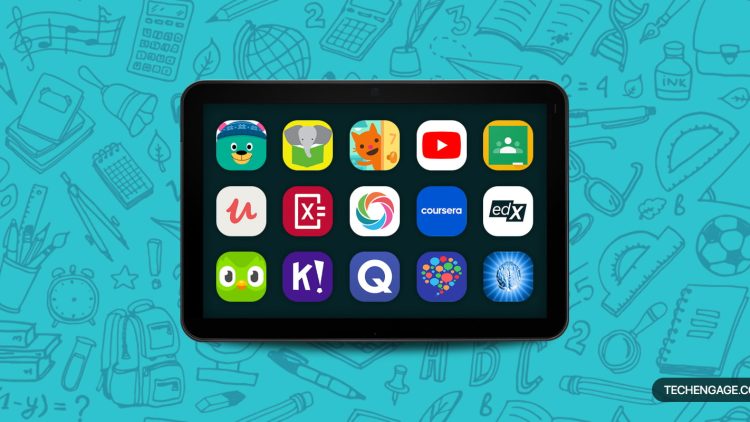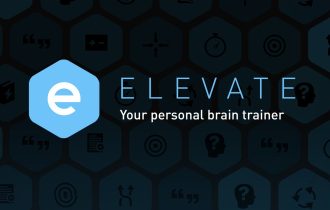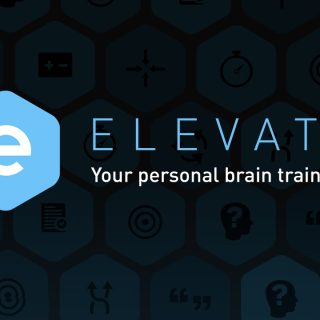The Power and Potential of Educational Apps
Introduction
In the digital age, technology has permeated every facet of our lives, revolutionizing the way we communicate, work, and, most importantly, learn. The emergence of educational apps has marked a paradigm shift in the field of education, bringing forth innovative and interactive learning experiences. These apps have transcended the boundaries of traditional classrooms, offering students, educators, and parents a wealth of resources at their fingertips. This comprehensive article delves deep into the world of educational apps, exploring their diverse features, impact on learning outcomes, the role of technology in education, and the future of interactive learning. From personalized learning modules to immersive educational games, this exploration aims to shed light on the multifaceted aspects of educational apps, highlighting their significance in shaping the future of education worldwide.

I. The Rise of Educational Apps: A Digital Revolution
A. The Evolution of Educational Technology
Educational technology has a rich history, dating back to the early days of computers. This section explores the evolution of educational technology, discussing milestones such as the introduction of personal computers, interactive whiteboards, and the eventual emergence of smartphones and tablets as powerful learning tools.
B. The Impact of Mobile Devices on Education
Mobile devices have become ubiquitous, shaping the way students access information and engage with learning materials. This part delves into the impact of smartphones and tablets on education, discussing how these devices have transformed the learning experience, making education accessible anytime, anywhere.
II. Understanding Educational Apps: A Multifaceted Approach
A. Categorizing Educational Apps: From Basic to Advanced
Educational apps come in various forms, catering to different subjects, age groups, and learning objectives. This section categorizes educational apps based on their functionalities, from basic flashcard apps and language learning tools to advanced interactive simulations and augmented reality applications.
B. Features of Effective Educational Apps
What makes an educational app effective? This part explores the essential features of successful educational apps, including user-friendly interfaces, interactive content, adaptive learning algorithms, and real-time progress tracking, discussing how these features enhance user engagement and learning outcomes.
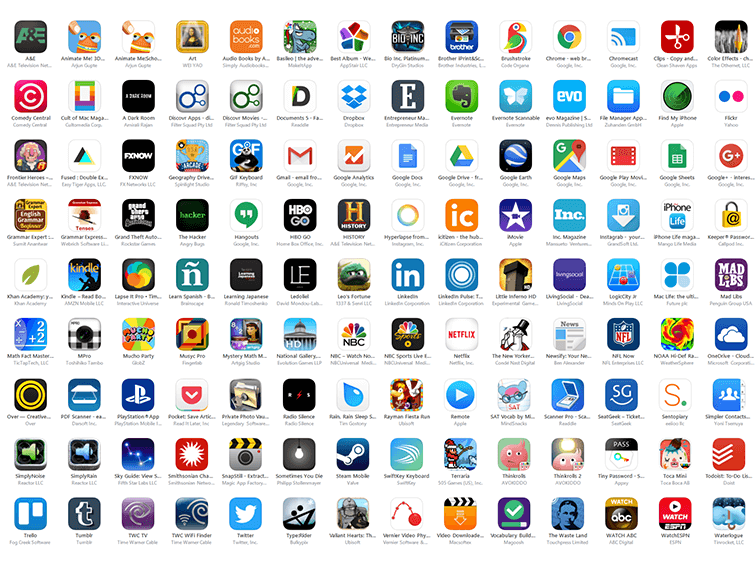
III. The Impact of Educational Apps on Learning Outcomes
A. Personalized Learning and Adaptive Algorithms
One of the significant advantages of educational apps lies in their ability to personalize learning experiences. This section examines how personalized learning modules and adaptive algorithms cater to individual learning styles, pacing, and preferences, enhancing students’ understanding and retention of concepts.
B. Gamification and Learning: The Role of Educational Games
Gamification has revolutionized the way students engage with educational content. This part explores the impact of educational games on learning, discussing how gamified apps motivate students, promote healthy competition, and transform mundane subjects into captivating adventures, fostering a love for learning.
C. Augmented Reality (AR) and Virtual Reality (VR) in Education
Augmented Reality (AR) and Virtual Reality (VR) have opened new frontiers in education. This segment examines how AR and VR educational apps create immersive learning experiences, allowing students to explore historical landmarks, dissect virtual organisms, and travel through space, enhancing their understanding of complex subjects.
IV. The Role of Educational Apps in Different Learning Environments
A. Educational Apps in Traditional Classrooms
Educational apps have found their way into traditional classrooms, enriching the teaching and learning process. This section explores how teachers integrate educational apps into their lessons, enhancing classroom engagement, promoting collaborative learning, and providing instant feedback to students.
B. Educational Apps in Remote and Blended Learning Environments
The COVID-19 pandemic accelerated the adoption of remote and blended learning models. This part discusses how educational apps facilitate remote and blended learning, providing students with interactive lessons, collaborative projects, and virtual classroom experiences, ensuring continuity in education regardless of physical constraints.
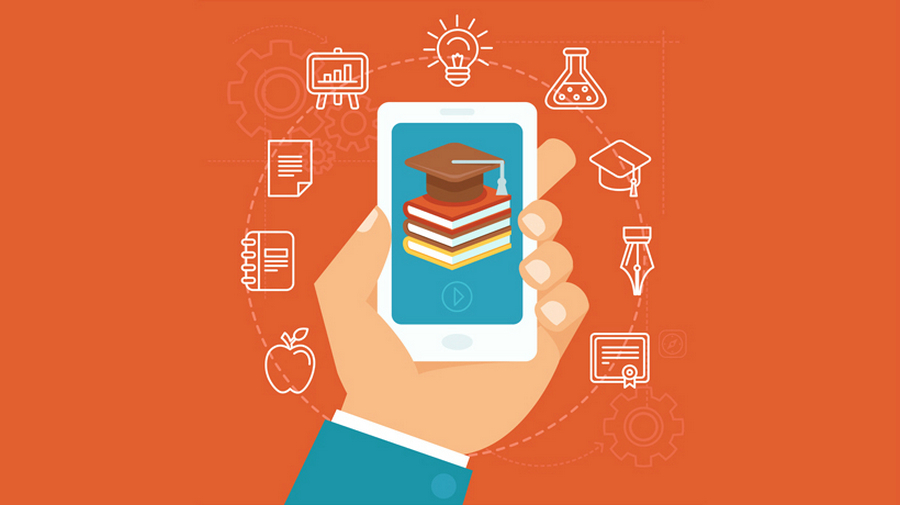
V. Challenges and Ethical Considerations in Educational App Development
A. Addressing Accessibility and Inclusivity
Accessibility and inclusivity are paramount in educational app development. This section explores the challenges related to making educational apps accessible to all students, including those with disabilities, discussing the importance of designing apps that cater to diverse needs and learning styles.
B. Data Privacy and Security Concerns
Educational apps collect vast amounts of data, raising concerns about privacy and security. This segment examines the ethical considerations surrounding data privacy, discussing the measures developers must take to protect students’ personal information and ensure secure usage of educational apps.
C. Overcoming the Digital Divide
The digital divide remains a challenge, hindering equal access to educational resources. This part explores strategies to bridge the digital divide, discussing initiatives such as subsidized devices, internet connectivity programs, and community outreach efforts that ensure students from disadvantaged backgrounds have access to educational apps and online learning opportunities.
VI. Future Trends and Innovations in Educational Apps
A. Artificial Intelligence and Machine Learning in Educational Apps
Artificial Intelligence (AI) and Machine Learning (ML) are transforming educational apps. This section explores AI-driven adaptive learning, intelligent tutoring systems, and data-driven insights, discussing how AI and ML technologies enhance the personalization and effectiveness of educational apps.
B. Blockchain Technology and Educational Credentials
Blockchain technology is revolutionizing the way educational credentials are verified and shared. This part examines the role of blockchain in educational apps, discussing digital certificates, secure credential verification, and the potential of blockchain to create transparent and tamper-proof academic records.
C. Collaborative Learning Platforms and Social Integration
Collaborative learning platforms and social integration features are shaping the future of educational apps. This segment explores virtual classrooms, online study groups, and social learning networks, discussing how these platforms facilitate collaboration, peer-to-peer learning, and global connections among students and educators.

Conclusion
Educational apps have become indispensable tools in modern education, offering a wealth of possibilities for interactive, personalized, and engaging learning experiences. As technology continues to advance, educational apps will play a pivotal role in shaping the future of education, breaking down barriers, fostering inclusivity, and empowering learners of all ages. By understanding the diverse features, impact, challenges, and future trends in educational apps, educators, developers, and policymakers can collaboratively harness the power of technology to create a transformative educational landscape. Through innovative and ethical app development, the educational community can provide learners with the tools they need

